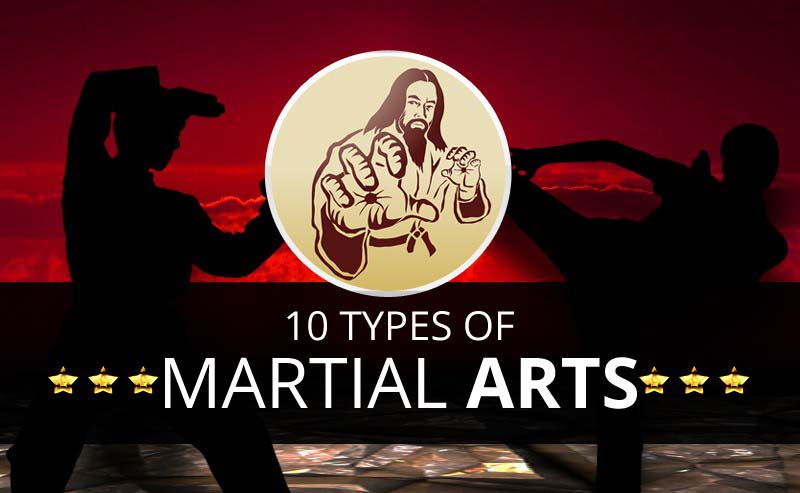A Comparative Research Of Standard Martial Arts And Modern Fight Sports: Highlighting The Important Differences
A Comparative Research Of Standard Martial Arts And Modern Fight Sports: Highlighting The Important Differences
Blog Article
Material Writer-Thuesen Snedker
When you think of martial arts, do you lean more towards the standard practices or the contemporary battle sporting activities? Each course uses distinct advantages and experiences, formed by their philosophies and training approaches. Conventional martial arts stress individual development and technique, while modern-day battle sporting activities focus on competitors and efficiency. Comprehending these distinctions can guide you in picking the best method for your trip. However just how do these distinctions materialize in training and approach?
The Ideology and History Behind Typical Martial arts
While many people connect martial arts with physical combat, the philosophy and history behind typical martial arts run much deeper. You'll discover that these self-controls emphasize personal growth, technique, and respect.
Stemming from old methods, conventional martial arts were commonly established for Self-Defense and spiritual development. They embody principles such as balance, harmony, and self-discipline, assisting professionals beyond mere battling skills.
As you train, you'll not only find out methods but additionally obtain insights right into the society and values that shaped these arts. The rituals and practices, usually passed down via generations, promote a sense of area and belonging.
The Affordable Nature of Modern Fight Sports
Modern fight sports have changed the landscape of martial arts into a highly affordable field, where professional athletes face off in a test of skill, technique, and endurance.
You'll notice that competitions are commonly organized with stringent rules and regulations, guaranteeing justice and security. These occasions draw in big target markets, sustaining the excitement and strength of competitions.
Athletes train carefully, not just for physical prowess however also for psychological strength, knowing that every information counts in the ring. The adrenaline thrill during competitors is apparent, as competitors push their limits to assert success.
Fans appreciate the athleticism and creativity involved, making modern battle sports a thrilling phenomenon that remains to develop and astound fanatics around the world.
Training Approaches and Strategies: A Comparative Evaluation
The affordable ambience of modern combat sports needs ingenious training techniques that vary considerably from typical martial arts.
In modern-day training, you'll focus on details techniques, competing, and conditioning, typically using drills that imitate actual battle scenarios. You'll see an emphasis on quantifiable performance and constant competitors to examine your abilities.
In contrast, traditional martial arts prioritize types, katas, and philosophical trainings, commonly highlighting discipline and regard over competition.
https://www.sandiegouniontribune.com/pomerado-news/news/story/2022-05-25/premier-martial-arts-studio-to-open-in-rancho-bernardo-town-center is normally less extreme and may entail repeated technique rather than real-time sparring.
While both approaches construct skill and fitness, modern combat sporting activities give a much more vibrant and versatile training atmosphere, preparing you for immediate difficulties in the ring or cage.
Pick the path that lines up with your goals and rate of interests.
Final thought
In picking between conventional martial arts and contemporary battle sporting activities, it truly comes down to what you value many. If you're trying to find individual growth, discipline, and a sense of community, conventional arts could be your ideal fit. But if martial arts to try flourish on competition and real-time difficulties, contemporary battle sports could be the way to go. Eventually, both paths use unique advantages, so it's all about aligning your training with your personal goals and passions.
